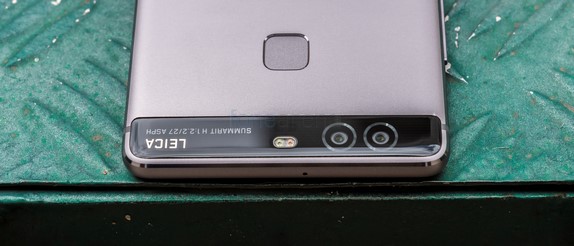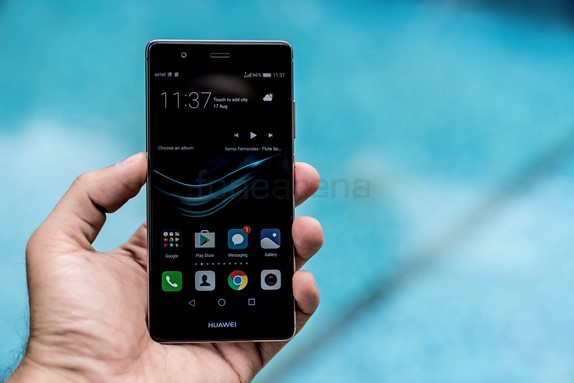

The concept of dual cameras isn’t new to the smartphone world. No, we aren’t referring to the front and rear cameras on smartphones. What we mean is dual cameras at the rear of the smartphone. Over the past half a decade or so, we have seen several different implementations of dual camera smartphones but none of them has been able to grab attention like the Huawei P9 does. What’s the reason? Let’s find out.
In the past, dual cameras on smartphones have been used for various different reasons. Most of the earlier implementations focused on providing a 3D experience where the viewer could capture 3D photos and view the same on a 3D touchscreen on the same smartphone. This was around the same time that mainstream movies also switched to 3D especially following the success of Avatar. 3D images and videos never really took off in the world of smartphones and not even in terms of TVs. While I am not even sold on the real benefits of having 3D movies either, 3D on smartphones was definitely a no go and that remains true even now. The technology needs to mature several fold in order to actually make sense.


The other set of smartphones used the secondary camera as a depth sensor of sorts in order to mimic several effects such as being able to control the depth of field. HTC’s One series of smartphones comes to mind first and several implementations have come since then that mimicked the functions that the One series offered. However, the issue was downright simple, aside from the ability to adjust the depth of field which almost every layman could identify as being a post processing effect applied rather than a natural lens phenomena was that the camera still produced crappy looking images. They lacked the image quality, brightness and noise control that you usually get with dedicated cameras.
It is not just technological advancements that matter but also their implementation. The correct implementation was lacking and most manufacturers abandoned dual cameras up until Huawei took it up with the P9. The P9 comes with Dual Leica lens sensors that have a resolution of 12 Megapixels and have a Sony IMX 386 sensor in each of them. However, the key difference here is that the primary sensor is an RGB one while the secondary sensor is a Monochrome one. It may seem a bit confusing at first as to why anyone would need a dedicated Monochrome sensor but when you take a closer look, the advantages are clear.
The Monochrome sensor is able to capture 3 times more amount of light than the RGB sensor can and as a result, the P9 can produce images with stunning amounts of detail and dynamic range. It relies on a complex algorithm that has been developed by Huawei in association with Leica. The P9 uses the RGB sensor to capture all the detail related to colour while the Monochrome sensor is used to get the details from both the shadows and highlights since it has a better dynamic range and more amount of light received at any given point of time.
Additionally, the pixel size of 1.25 microns also makes sure to keep the noise levels in check when capturing photos at night or in low lighting conditions. Huawei have also taken one of the important features of dual camera smartphones from the past and fixed it to provide a much better experience.
Since the P9 features a dedicated depth sensor, it is able to produce much more natural looking depth of field effects than was possible previously. Users can also capture proper monochrome photos rather than just desaturated black and white photos with the P9. The benefits of capturing a true Monochrome photo include a better dynamic range, better detailing as well as lower noise levels.
What Huawei and Leica have done isn’t entirely new when you think about 2 cameras. But what they have done is groundbreaking when you consider how they have managed to implement the two cameras and make them work in unison to providing a much better experience for the end user.
